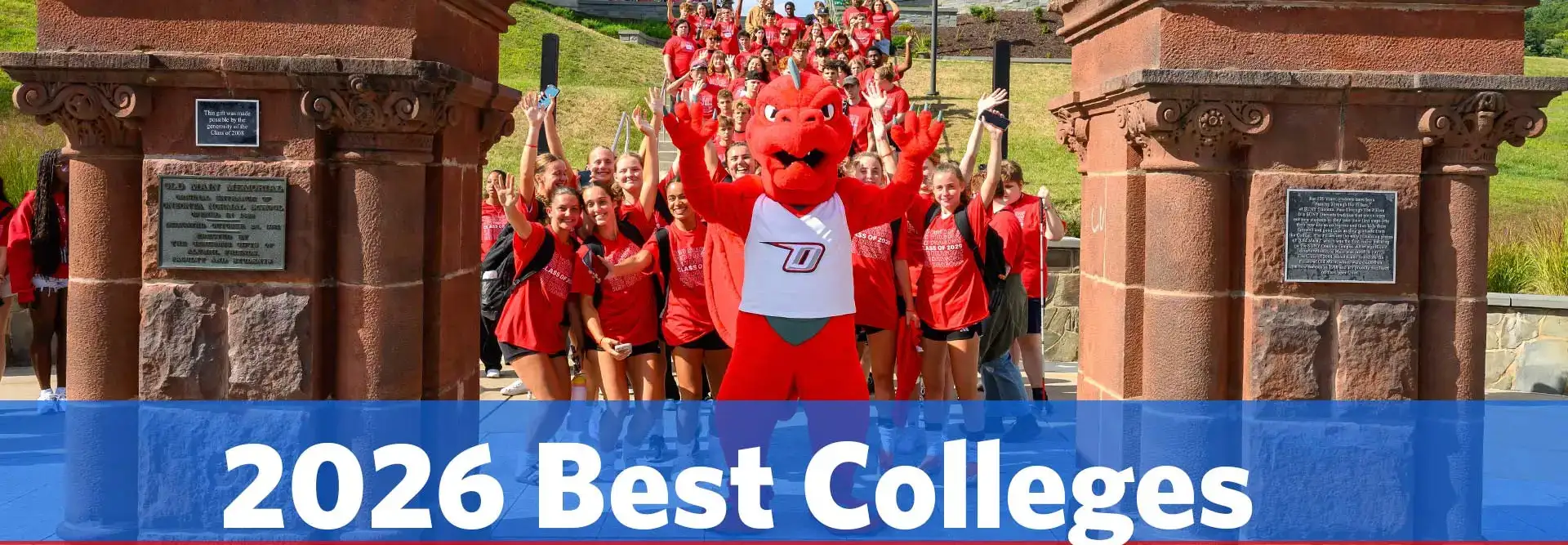SUNY Oneonta ranks No. 11 for top public schools in the Northeast, No. 25 for regional universities in the North and No. 46 for social mobility, according to U.S. News and World Report’s 2026 rankings of “Best Colleges,” released Sept. 23.
We strive to support every Oneonta student as they develop and strengthen essential skills on our campus that will help them make a difference beyond graduation."
University President Alberto Cardelle
Earlier this summer, SUNY Oneonta earned a No. 427 spot on Forbes’ 2026 “America’s Best Colleges” list, which showcases schools that produce successful, high-earning and influential graduates from all economic backgrounds, with less student debt.
“Being recognized on highly respected college rankings is an honor for SUNY Oneonta,” said SUNY Oneonta President Alberto Cardelle. “We strive to support every Oneonta student as they develop and strengthen essential skills on our campus that will help them make a difference beyond graduation. Being recognized by U.S. News for our success in social mobility truly reflects our commitment to making access and success a reality for students across all economic levels, with a focus upon the close to 35 percent of our students who receive Pell Grants that help pay for tuition, fees, housing and meals.”
About the U.S. News Rankings
For more than four decades, U.S. News & World Report's Best College rankings have guided millions of students and families in their college search. The 2026 edition evaluates more than 1,700 U.S. colleges and universities, using up to 17 factors to measure academic quality and graduate success.
U.S. News & World Report’s Social Mobility index tracks and ranks institutions’ success in enrolling and graduating large proportions of disadvantaged students awarded federal Pell Grants. According to the ranking methodology, economically disadvantaged students are less likely than others to finish college, even when controlling for their achievement in high school. SUNY Oneonta performed highly among regional universities in the North on these social mobility ranking factors, which are solely based on enrollment and graduation rates of Pell Grant recipients.
Forbes' “America's Best Colleges”
The Forbes ranking of U.S. colleges and universities is based on return on investment, average student debt levels and outcomes for their graduates. Schools rank highly if their students returned after their first year, graduated on time, secured high salaries after graduation and left college with little student debt. Forbes incorporated outcomes for low-income students in two measures, looking closely at six-year graduation rates and return-on-investment measures for recipients of Pell grants (federal aid reserved for students with the greatest financial need). The rankings methodology also rewarded colleges that enrolled a greater percentage of low-income students.
